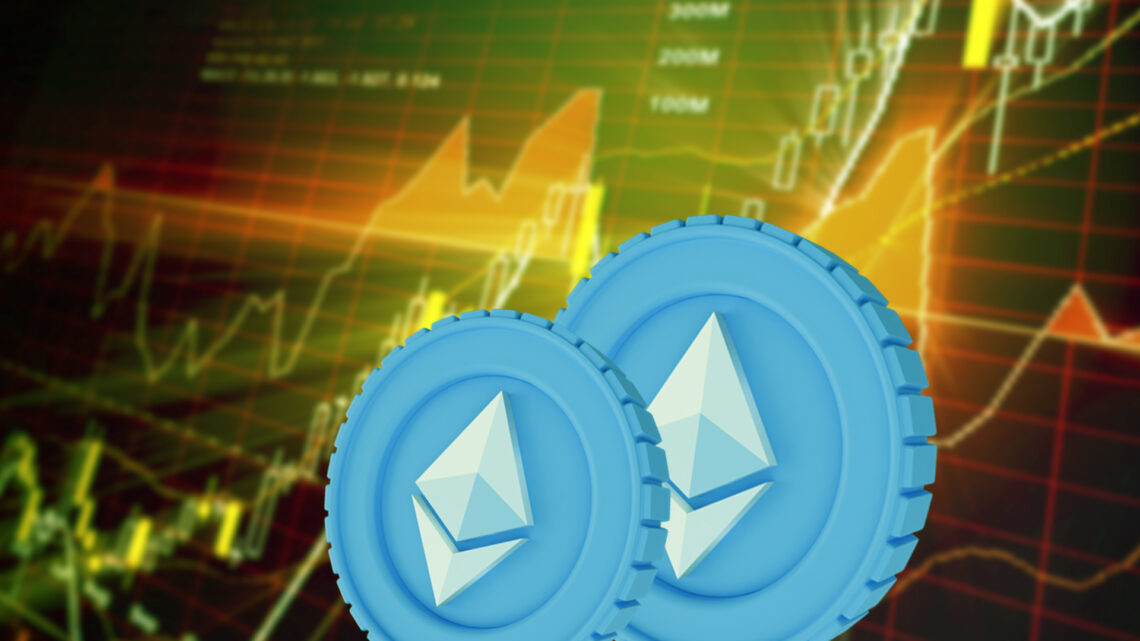- 1 Ethereum expands on Bitcoin by offering smart contracts and dApps on its programmable blockchain.
- 2 Beginners can start by getting a wallet, buying Ether, using dApps, and staking.
- 3 Focus on core concepts like payments and smart contracts initially.
Taking the initial plunge into the world of Ethereum can be daunting for newcomers who need more extensive technical knowledge. With its complex terminology and array of unfamiliar concepts, Ethereum may need clarification at first glance to non-technical users. However, once broken down into straightforward, easy-to-digest pieces, the basics of Ethereum become far less bewildering. This guide gently peels back the layers of complexity surrounding Ethereum and explains the core fundamentals in simple terms.
By avoiding intricate technical details and using plain language examples, we aim to illuminate what makes Ethereum work and how crypto beginners can get started. Consider this as an entry point into the future-facing world of Ethereum.
Broadening Blockchain With Ethereum
Ethereum looks similar to Bitcoin due to its rank in the crypto market- a decentralized digital currency and mode-of-pay network. However, Ethereum expands on Bitcoin’s foundation by enabling decentralized applications (dApps) and smart contacts which are built on it.
Ethereum is a programmable blockchain. The Ethereum blockchain is a global computer network made up of individual nodes. People can use Ethereum to send payments using its native currency, Ether.
But they can also write and deploy code known as smart contracts – programs stored on Ethereum that run automatically when predefined conditions are triggered. For instance, a smart contract could release payment to a supplier when a shipment is delivered.
Ethereum allows developers to create and launch dApps – Decentralized Apps powered by smart contracts, hosted on the Ethereum blockchain. DApps can have diverse use cases like gaming, finance, voting systems, etc. The key is they eliminate intermediaries by existing solely on the blockchain.
Getting Started With Ethereum as a Crypto Newcomer
For those just beginning their crypto journey, here are accessible ways to start interacting with Ethereum:
Begin by getting an Ethereum wallet to store Ether funds securely. Leading options like MetaMask, MyEtherWallet, and Coinbase Wallet are user-friendly for crypto first-timers. Make sure to back up your wallet recovery phrase safely.
You can purchase Ether from any major crypto exchange that supports it, including Coinbase and Binance. Decentralized exchanges like Uniswap allow you to swap coins for Ether without an intermediary. Start with a small amount as you learn the ropes.
Browse Ethereum dApps to experience firsthand the variety of decentralized apps now possible. Check out dApps in gaming, finance, art, and more. Popular options include CryptoKitties, Decentraland, and MakerDAO.
If you want a deeper involvement, you can support the Ethereum network by running an Ethereum node on your computer. This allows you to synchronize with the Ethereum blockchain directly.
There’s also an opportunity to earn rewards through Ethereum staking. Many exchanges now offer easy staking services that allow you to earn income on held Ether passively.
Remember, take your time with technical users as a beginner. Focus on the core utility of Ether for payments, smart contracts, dApps, and staking. Start small and learn the basics – Ethereum’s capabilities will begin unfolding.
Saurav Bhattacharjee is in charge of the Broadcast development team of The Coin Republic.
He has been covering the Metaverse and NFT niche for the past 2 years.
With stellar interviews on his portfolio like Nicehash, Paxful, WallstreetWolvesNFT, Bitholla, Totemfi, EOS.io etc. Saurav has spearheaded the NFT SUPERSTARS AWARD and successfully hosted the first award in 2021.


 Home
Home News
News






